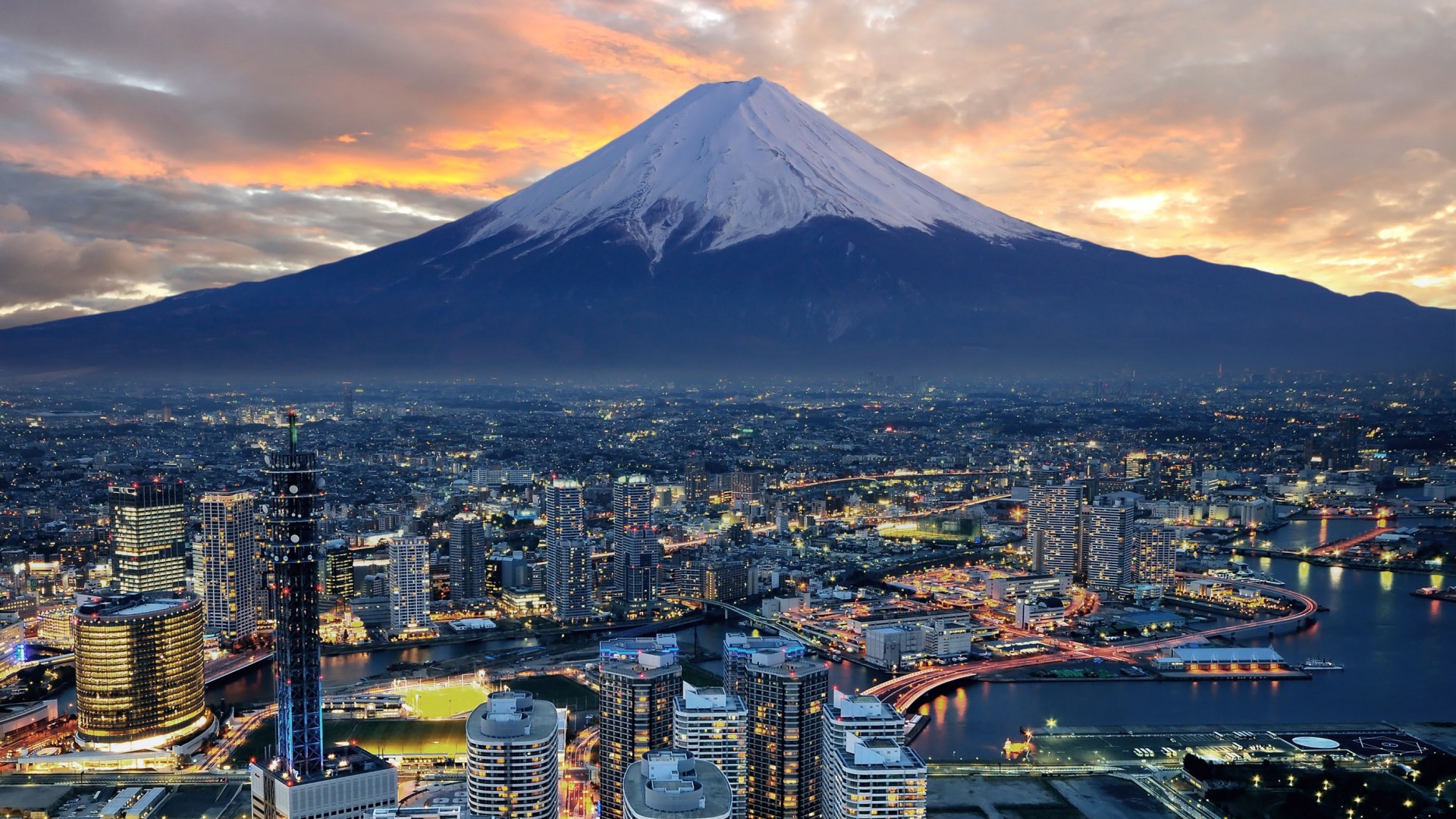Escape for the Weekend
Explore our collection of weekend



Japan
Awesome sakura blossoming; hot springs of Shikoku and Ibusuki; traditional tea ceremony; sumo wrestling; Tokyo, Kyoto and Osaka; an underwater pyramid of Yonaguni Island; ama divers of Mikimoto Island; and the Ogasawara Islands.
Individual Booking Try It FreeJapan
Land of the future, land of incredible technologies, amazing customs, tasty food, ancient culture and traditions, freaks, and, of course, land of the rising sun. But first things first! Japan consists of nearly seven thousand islands, but vast majority of Japanese people live on four biggest islands: Honshu, Hokkaido, Kyushu and Shikoku. 80 per cent of the population live on Honshu, where the capital – Tokyo – is located. The world famous showplace of Japan is Fujiyama. It is the biggest volcano of two hundreds situated in the country. In spite of the fact that the last volcanic explosion was at the beginning of the 17th century, scientists reckon Fujiyama among active volcanoes. On the average there are 1500 earthquakes a year in Japan, so earth wobble is nothing out of the ordinary for the Japanese. By the way, Fujiyama is private – not state – property. Many years ago a Japanese emperor made such a generous gift to one temple.
Japanese cuisine is notable for its ingredients. It is not customary here to store food – there is no need because you can buy fresh products every day. If you wait till afternoon, you can buy some ready-to-eat food in a shop at half-price. There are so many kinds of fish and meat on counters that it's more than the eyes can take in, and how they are cooked! In many cafés they cook food in front of you; sometimes you can even take part in this process. During all the day the Japanese eat rice, for them it is an indispensable thing. As for sushi, in Japan it is undoubtedly better. It is not only their variety; it is the quality of cooking: pieces of fish are much bigger, quantity of rice is lesser. Everywhere there are food and drink machines, shops with sweet potato, bananas in chocolate and strawberries in caramel. Fruit in Japan are not cheap.
Walking along the streets you can see a vast number of unconventionally dressed people – so called freaks. They buy costumes of their favorite anime heroes in special shops and organize cosplay festivals to demonstrate them. The size of these shops amazes: they occupy not floors but the entire shopping centers! The Japanese are very hardworking people: it is demonstrated by the development of technologies. Robots and gadgets are literally on every corner. When you just come here, everything seems to be ultramodern, even a bit extraterrestrial, but you soon get used to it and easily immerse into this atmosphere. In Japan there are a lot of traditions, some of which can be incomprehensible for you but absolutely natural for the Japanese. For example, you should not point you finger at an object (use your palm for this); you had better not put sticks in the food vertically (in such a way food is served for the dead); hieroglyph “4” looks like hieroglyph “death” that is why it is often avoided in buildings; you should wear slippers while visiting toilet (even a public one); and if you do not pour beer to your friend when his glass becomes empty, you will be considered rather rude. What surprised me most is that the present emperor is a direct heir to the first emperor, founder of Japan.
National currency is yen (JPY).
Cherry blossom period is one of the most beautiful Japanese festivals.
In Japan there are 99 airports and international flights are served by the following ones:
Japanese climate is very diverse within one country. It is connected with great length of the islands. So scientists mark out four main seasons which depend on winds. The Pacific Ocean coast is characterized by snowy winter and hot summer; the Japanese Sea coast is notable for frosty winter and cool summer, on south-western islands it is warm in winter and hot in summer. Japan is washed by the Japanese Sea and the East China Sea in the west, by the Pacific Ocean in the east and by the Sea of Okhotsk in the north.
- Tokyo International Airport (Haneda) (HND)
- Narita International Airport (NRT)
- Kansai International Airport (KIX)
- Akita Airport (AXT)
- Aomori Airport (AOJ)
- Kitakyūshū Airport (KKJ)
- Nagasaki Airport (NGS)
- Chūbu International Airport (Centrair) (NGO)
- Niigata Airport (KIJ)
- Oita Airport (OIT)
- Okayama Airport (OKJ)
- Hiroshima Airport (HIJ)
- New Chitose Airport (CTS)
- Sendai Airport (SDJ)
- Fukuoka Airport (FUK)
- Hakodate Airport (HKD)
- Kagoshima Airport (KOJ)
- Komatsu Airport (KMQ)
- Shizuoka Airport (FSZ)
- Yonaguni Island – an underwater pyramid. Available both for experienced divers and for beginners.
- Ishigaki Island – here you can look at devilfish (how wrasses clear their skin from vermin), huge cuttlefish and hot underwater springs.
- Izu Peninsula
- The Ogasawara Islands – warm climate and warm water. Here you can dive deeper than in other places.
- Mikurajima – an island of dolphins.
- Mikimoto Island – show of the Ama (female pearl divers).
